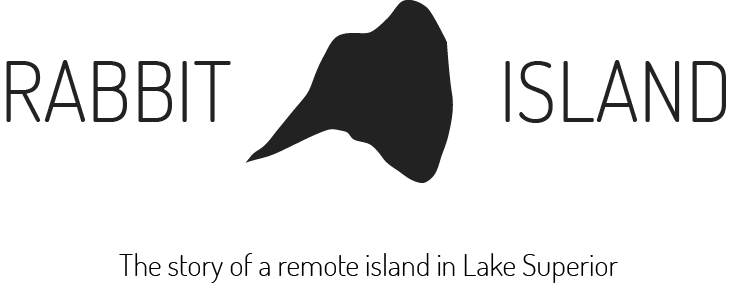Check out our new Kickstarter Project. We’re pretty excited about the potential of bringing international artists, designers and thinkers to the northern Michigan woods. We’ve made some cool gifts for project backers (photography, Rabbit Island tee shirts, totes, art, etc.) and appreciate any support you can lend, financial or social. Help us spread the word!
Rabbit Island Artist Residency
Nice article in Design Observe titled “A Short History of Camping”. Rabbit Island will stand in contrast to “camping” in America as illustrated. ‘Perennial Frontier’ might be more like it: a few settlers, some eagles and the hardships and joys of the woods.
A nice Lake Trout taken on May 18th, 2011, just north of the island. About twenty minutes later we landed his twin. Both had smelt in their stomachs which we took as evidence of voracious spring feeding. A few of the smelt looked so fresh that they might have been able to swim away had they been given the chance.
After fishing we stopped off at the island and inspected how our shelter withstood it’s first Lake Superior winter. A small pine–about 6 inches in trunk diameter–had fallen across the roof and come to rest, which we easily cut and cleared. The structure and footings otherwise held strong. Rustic improvements and finishings to come this summer as part of the artist residency plan.
*Related trout post here.
The theory of island biogeography proposes that the number of species found on an undisturbed island is determined by: immigration, emigration and extinction. And further, that the isolated populations may follow different evolutionary routes, as shown by Darwin’s observation of finches in the Galapagos Islands. Immigration and emigration are affected by the distance of an island from a source of colonists. Usually this source is the mainland, but it can also be other islands. Islands that are more isolated are less likely to receive immigrants than islands that are less isolated.
The rate of extinction once a species manages to colonize an island is affected by island size. Larger islands contain larger habitat areas and opportunities for more different varieties of habitat. Larger habitat size reduces the probability of extinction due to chance events. Habitat heterogeneity increases the number of species that will be successful after immigration.
Over time, the countervailing forces of extinction and immigration result in an equilibrium level of species richness.*
Several ideas come to mind after reading this theory:
+ As Rabbit Island is a relatively small island it would be easy to create species extinction via the handywork of even a few men.
+ Cataloguing species that do exist on Rabbit Island will be an exciting project.
+ Capitalism historically has created islands of ever decreasing size via subdivision. See this related post.
+ Manhattan is difficult to comprehend in the context of the above theory.
+ This island should be created!
+ E.O. Wilson, the author of the book above and prime mover of contemporary biological thought, also believed that "the window on wilderness is closing fast in this country. What we secure now will be in a sense a final bequest to all future generations.“ This idea must be reconsidered. Although a retrospective glance supports his idea and it is certainly easiest to preserve land that has not been previously developed, the notion that land can be reclaimed from development for the creation of natural ecosystems larger than currently exist must be considered. As our ability to collect and visualize data rooted deeper in the past and extrapolated further into the future improves, we have no choice but to challenge this sentiment and revise our historical use of incomplete balance sheet equations in matters of land use to more accurately approximate cost/benefit. Consider this when reading the quote in the next post. He was quite right.
+ The Keweenaw Peninsula is an island.
“Gentlemen, why in heaven’s name this haste? You have time enough. Ages and ages lie before you. Why sacrifice the present to the future, fancying that you will be happier when your fields teem with wealth and your cities with people? In Europe we have cities wealthier and more populous than yours, and we are not happy. You dream of your posterity; but your posterity will look back to yours as the golden age, and envy those who first burst into this silent, splendid nature, who first lifted up their axes upon these tall trees, and lined these waters with busy wharves. Why, then, seek to complete in a few decades what the other nations of the world took thousands of years over in the older continents? Why, in your hurry to subdue and utilize nature, squander her splendid gifts? Why hasten the advent of that threatening day when the vacant spaces of the continent shall all have been filled, and the poverty or discontent of the older States shall find no outlet? You have opportunities such as mankind has never had before, and may never have again. Your work is great and noble; it is done for a future longer and vaster than our conceptions can embrace. Why not make its outlines and beginnings worthy of these destinies, the thought of which gilds your hopes and elevates your purposes?”
-Lord James Bryce, 1911, excerpted from The National Parks: America’s Best Idea
Igor Stravinsky: Pulcinella Suite - 7. Vivo
Pulcinella was an important turning point in Stravinsky’s career as it led him into the so-called “neo-classical” style which was to dominate his output for the next several decades. This accompanied a concomitant movement in American ballet that stands unrivaled even today in it’s simplicity and elegance. Perhaps this example will prove an inspiration for something spare and lasting in the Keweenaw woods. Perhaps the best classical music is akin to a functional ecosystem and cannot be improved upon, only enjoyed.
The entire composition is found here.
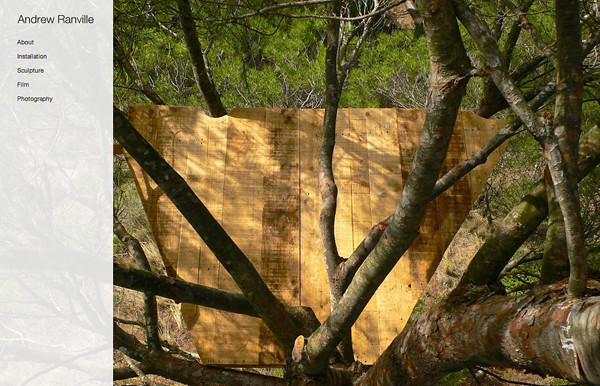
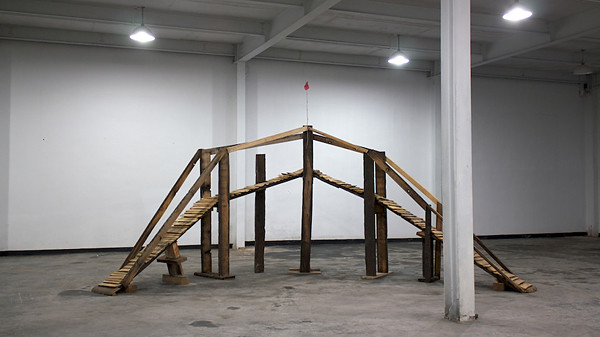
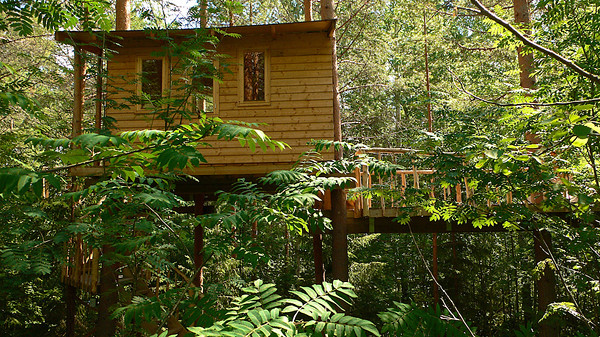
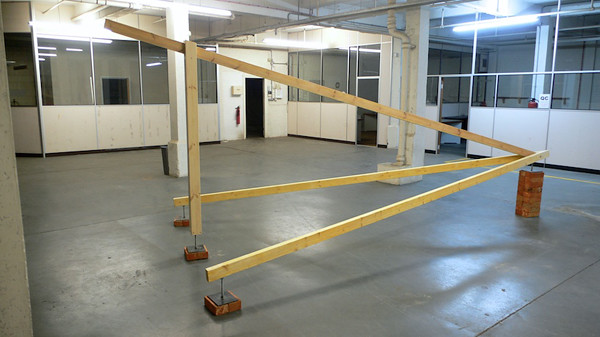
Announcing the Rabbit Island Artist-in-Residence Andrew Ranville:
“We hope to encourage sculptors, composers or poets to create the unexpected and to turn ecological issues into aesthetic ones. And by creating encounters and collaboration between artists and specialists in all fields, from farmers and artisans to biologists, zoologists, botanists, etc, it is hoped to foster creativity and a more enhanced understanding of the mechanisms of a specific locality and of the frailty and resilience of nature.”
–Gertrud Købke Sutton explaining the aims of the Tranekær International Centre for Art and Nature
(TICKON) on the island of Langeland, Denmark.
While the locale may be different, Suttonʼs description closely outlines the jump-off point for what we hope to explore on Rabbit Island. As we continue to live in a world where overpopulation, pollution, climate change and dwindling resources shape and change our interaction with our environment, art and ecology are being forced closer together. Since the Land Art movement of the 1960s, a growing number of artists and other creative practitioners have focused their work on – and in – the natural environment.
An important question we ask today is how do we live sustainably in our physical surroundings? Do we make art that considers from concept, to material, to realization, how it will interact and exist in the environment? Do we create something that gives to nature, or that takes away?
There will be a place where those questions can be engaged head-on. In a wild, remote location where one will be forced to interact with nature in a very raw and direct way. Rabbit Island is that place. A forested island of over 90 acres located in the largest freshwater lake in the world–-what better place to experience unspoiled nature and truly challenge an artist?
I have the honor and privilege to be the first artist-in-residence on Rabbit Island. While I plan to document and engage with the island through my own artistic practice, my main goal will be to help build the facilities that will enable future artist residents. Once a studio and cabin are constructed, an official artist residency program will be established. Artists from around the world will then be invited to take part in this unique project. By engaging with a number fields outside of art, and collaborating directly with the environment, the artists and Rabbit Island together can then evolve not as a project, but a symbol for something greater, and in time, possibly a movement in itself.
-Andrew Ranville, MFA
Slade School of Fine Art; London, England
The Keweenaw Land Trust, partner and custodian of the Rabbit Island consevation easement, forwarded an interesting biodiversity report jointly published in August, 2010, by the US and Canadian governments titled Islands of Life: A Biodiversity and Conservation Atlas of Great Lakes Islands. What a nice surprise. The report is a professionally organized multinational effort between a few big hitters in the conservation world: the Ontario Ministry of Natural Resources, The Nature Conservancy, and the US Environmental Protection Agency. It offers general information on the state of Great Lakes island ecosystems as well as specific detail regarding each and every biologically important island in the watershed. According to the biodiversity ranking criteria Rabbit Island is ranked as the second most important island in terms of biodiversity in the Keweenaw Peninsula region of Lake Superior due to its location, unique habitat for rare migratory birds and rocky underwater spawning grounds for native Lake Superior fish. A fine distinction.
From a global perspective freshwater islands are themselves very rare and those that have been left undeveloped and un-subdivided, remaining in their native state, are real gems. Fresh water in general is scarce as well. Consider this: fresh water represents only three percent of the Earth’s water and about two-thirds of this is frozen in glaciers and polar ice caps, while the remaining third is mostly underground. In all visible surface freshwater represents a mere 1.3% of the total fresh water on Earth, and the majority of this is contained within the Great Lakes. Rabbit Island is blessed to be surrounded by Lake Superior, the largest and purest of these mighty bodies of water.
The report is very well done and quite specific, offering a wealth of information. Overviews can be found at both The Nature Conservancy’s website, nature.org, and it’s Canadian sibling site, natureconservancy.ca, and the full report can be found by clicking the above link and then downloading the .PDF file. Specific information regarding Rabbit Island (aka “Traverse Island” in the report) is found on page 62. The Introduction is worth a read too.
